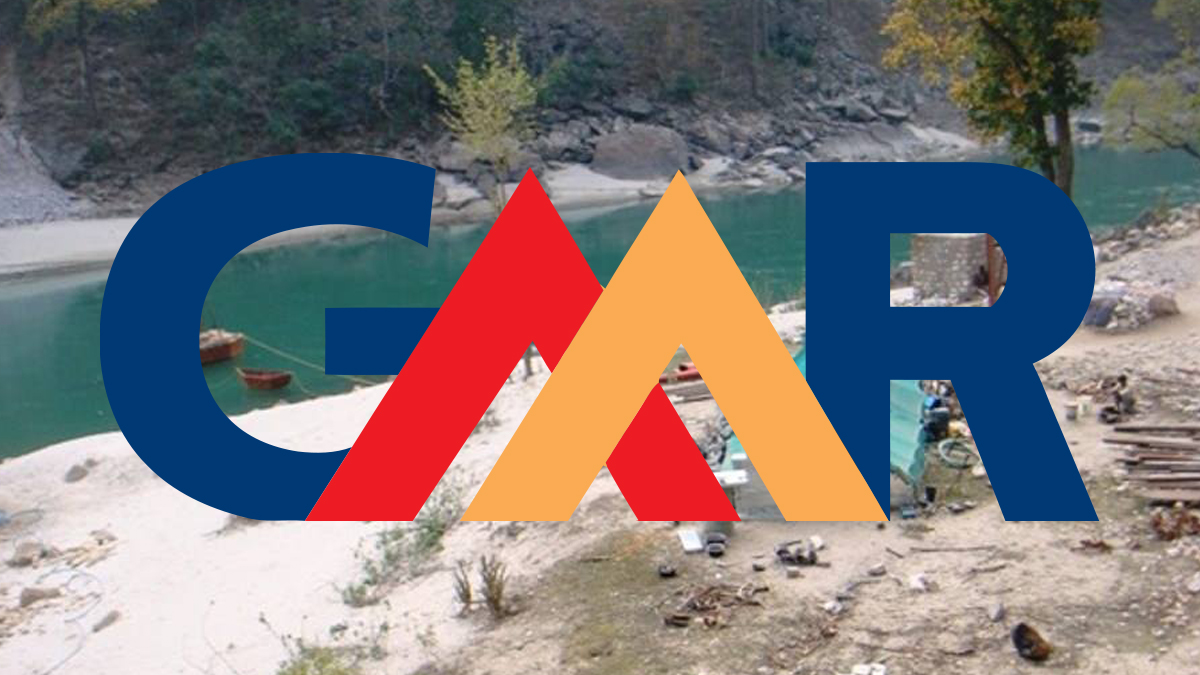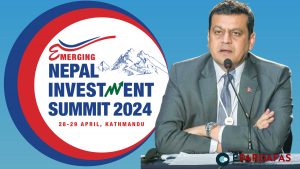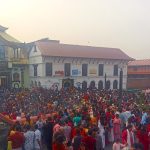
Supreme Court’s decision to dismiss all writs against Indian company GMR
The Supreme Court has decided to dismiss all writ petitions against the Indian company GMR, which has been given permission to build the much-awaited Upper Karnali Hydroelectric Project. The Supreme Court has also given legality to the government’s decision to extend GMR by 2 years.
The Constitutional Bench of the Supreme Court upheld the government’s decision and dismissed 6 writs filed against the company.
The Constitutional Bench headed by Acting Chief Justice Harikrishna Karki has decided to dismiss six writ petitions filed against the government’s decision to extend GMR by 2 years.
The writ petition against GMR was heard on Sunday in the constitutional bench of Chief Justice Karki, Justices Bishwambhar Prasad Shrestha, Anand Mohan Bhattarai, Sapana Pradhan Malla and Tank Bahadur Moktan. After the government extended time to GMR for the construction of the Upper Karnali project, advocate Ratan Bhandari and others filed 6 writs against it.
On 2nd of January, the Supreme Court sent the case of dispute related to the Upper Karnali Hydropower Project to the Constitutional Bench. The bench of Supreme Court Justices Kumar Regmi and Til Prasad Shrestha had ordered to send it to the Constitutional Bench saying that there was a question of serious constitutional interpretation.
The government led by then Prime Minister Sher Bahadur Deuba extended 2 years to the Indian company GMR for the financial management of the 900 MW Upper Karnali project.
Nepal will get a 29 percent share and 12 percent i.e., 108 megawatts of electricity from the much-awaited Upper Karnali hydropower project. According to GMR, Nepal will receive about 450 billion rupees for 25 years including royalty, income tax, duties, free electricity and shares.
GMR will build a 2 MW power plant to meet the demand of local people. GMR said that the infrastructure construction of 50-bed hospitals, schools and health institutions will be done.
Three thousand people will get employment during the construction of this project, which will be handed over to the Nepal government after 25 years.















Comments